
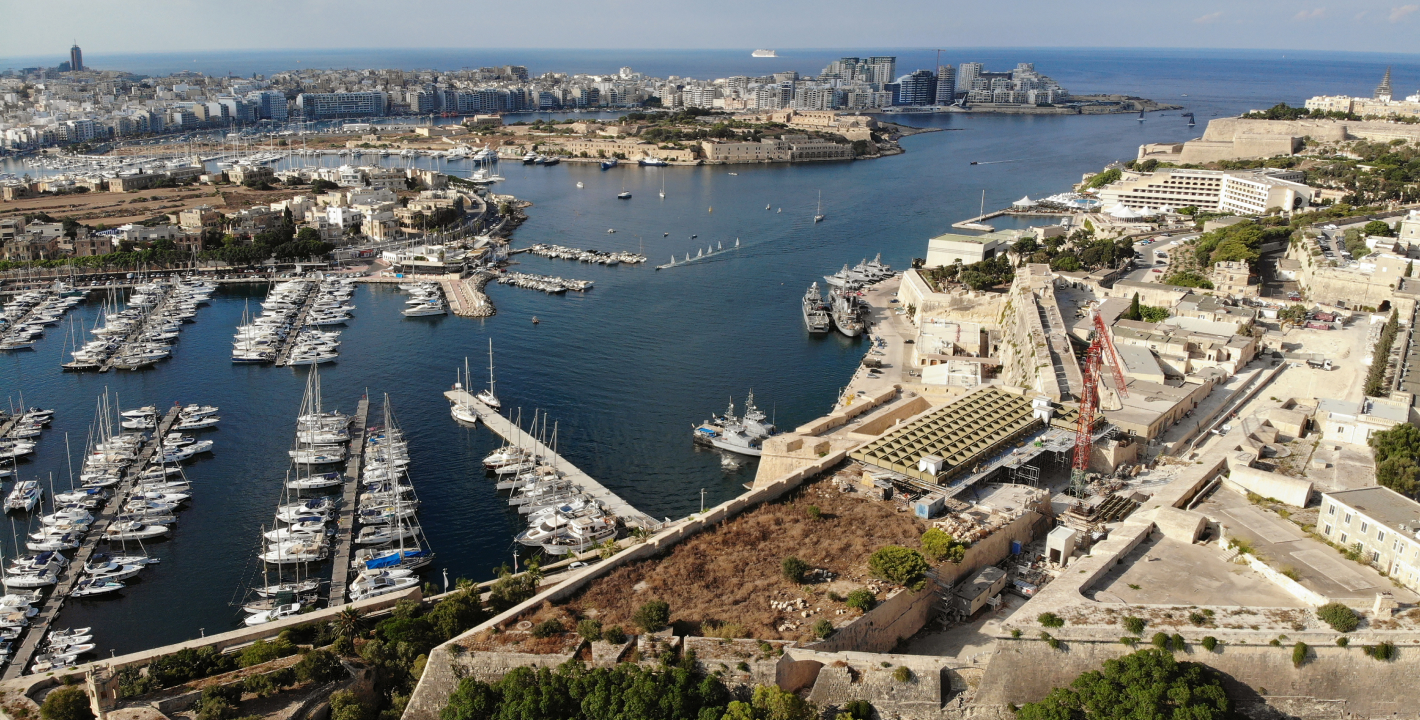
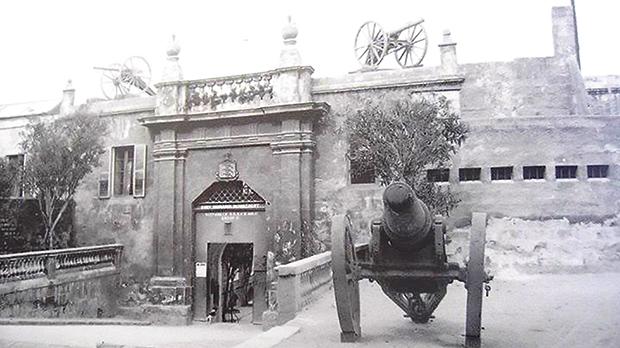
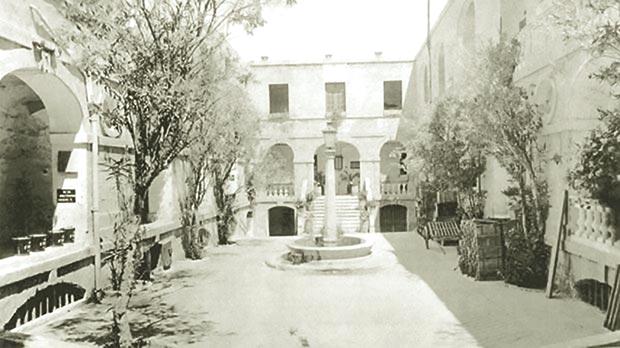
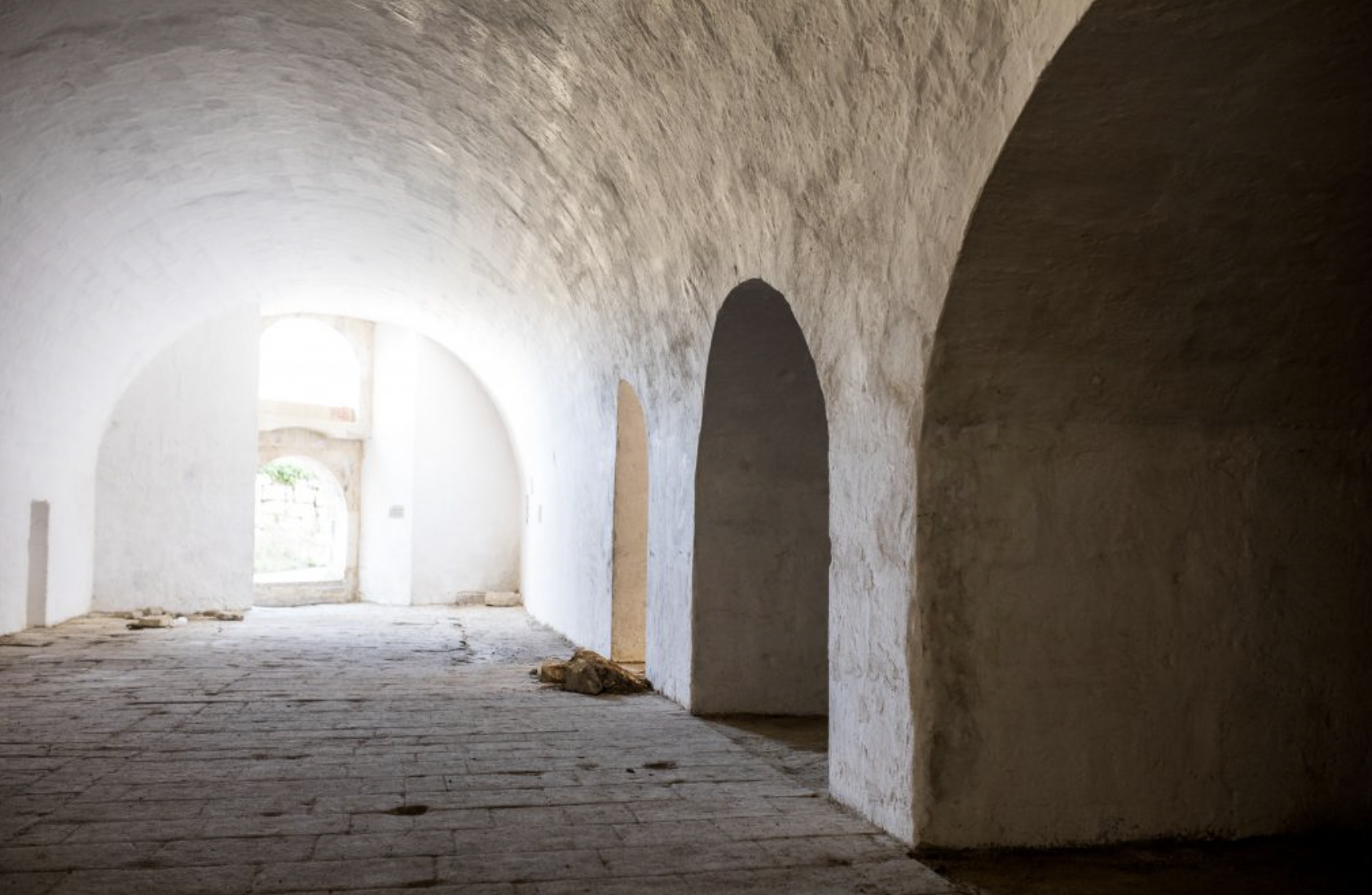 The quarters of the old Ospizio, once an old asylum and poorhouse, will be used for artists’ residencies amongst other uses.
The quarters of the old Ospizio, once an old asylum and poorhouse, will be used for artists’ residencies amongst other uses.
 Inside the old Ospizio quarters, which were lastly used as a gunpowder store.
Inside the old Ospizio quarters, which were lastly used as a gunpowder store.
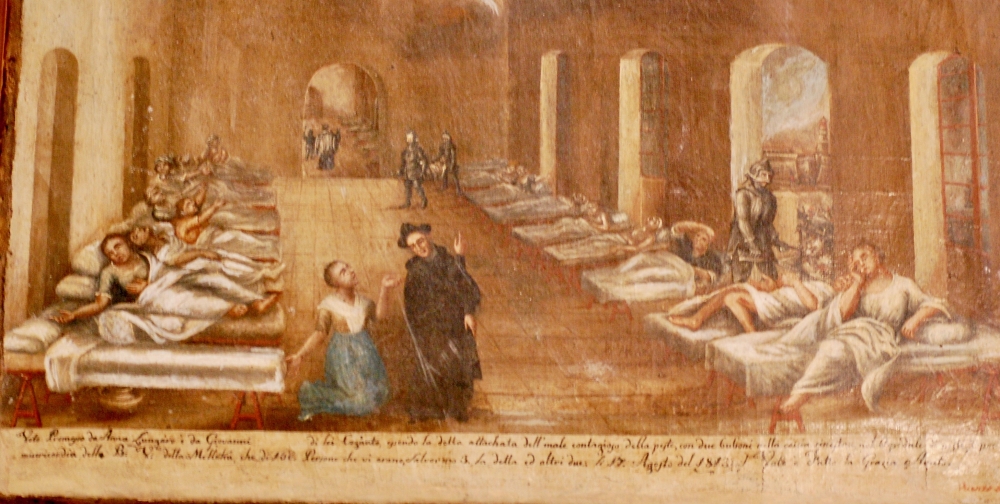 An ex-voto of the plague from 17 August 1813, of Anna Lungaro, showing the pest hospital in Valletta. By 1837, Maltese doctors were expecting the arrival of cholera in Malta from mainland Europe, very probably with trepidation, since the memory of the 1813 plague outbreak was still fresh in many Maltese minds.
An ex-voto of the plague from 17 August 1813, of Anna Lungaro, showing the pest hospital in Valletta. By 1837, Maltese doctors were expecting the arrival of cholera in Malta from mainland Europe, very probably with trepidation, since the memory of the 1813 plague outbreak was still fresh in many Maltese minds.
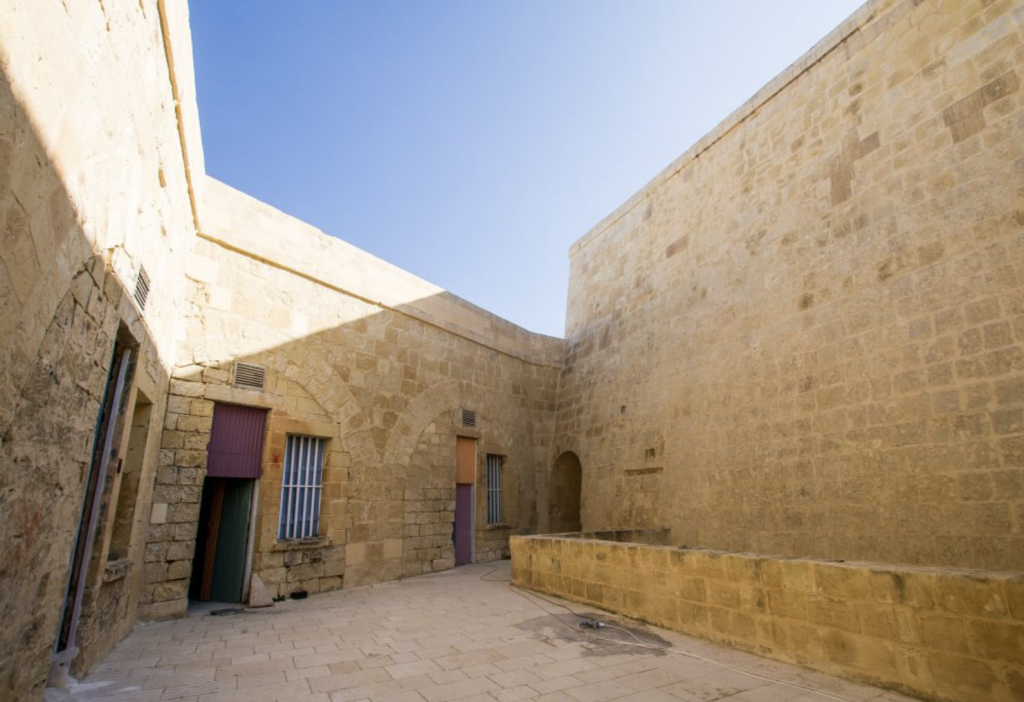
Interior shot of the old Ospizio quarters beneath the La Vittoria Bastion

Operational Programme I – European Structural and Investment Funds 2014-2020 “Fostering a competitive and sustainable economy to meet our challenges”. Project may be part-financed by the European Regional Development Fund Co-financing rate: 80% European Union Funds; 20% National Funds.


Operational Programme I – European Structural and Investment Funds 2014-2020 “Fostering a competitive and sustainable economy to meet our challenges”. Project may be part-financed by the European Regional Development Fund Co-financing rate: 80% European Union Funds; 20% National Funds.

© Malta International Contemporary Art Space 2023
© Malta International Contemporary Art Space 2023
© Malta International Contemporary Art Space 2024





Operational Programme I – European Structural and Investment Funds 2014-2020 “Fostering a competitive and sustainable economy to meet our challenges”. Project may be part-financed by the European Regional Development Fund Co-financing rate: 80% European Union Funds; 20% National Funds.


Operational Programme I – European Structural and Investment Funds 2014-2020 “Fostering a competitive and sustainable economy to meet our challenges”. Project may be part-financed by the European Regional Development Fund Co-financing rate: 80% European Union Funds; 20% National Funds.

© Malta International Contemporary Art Space 2023